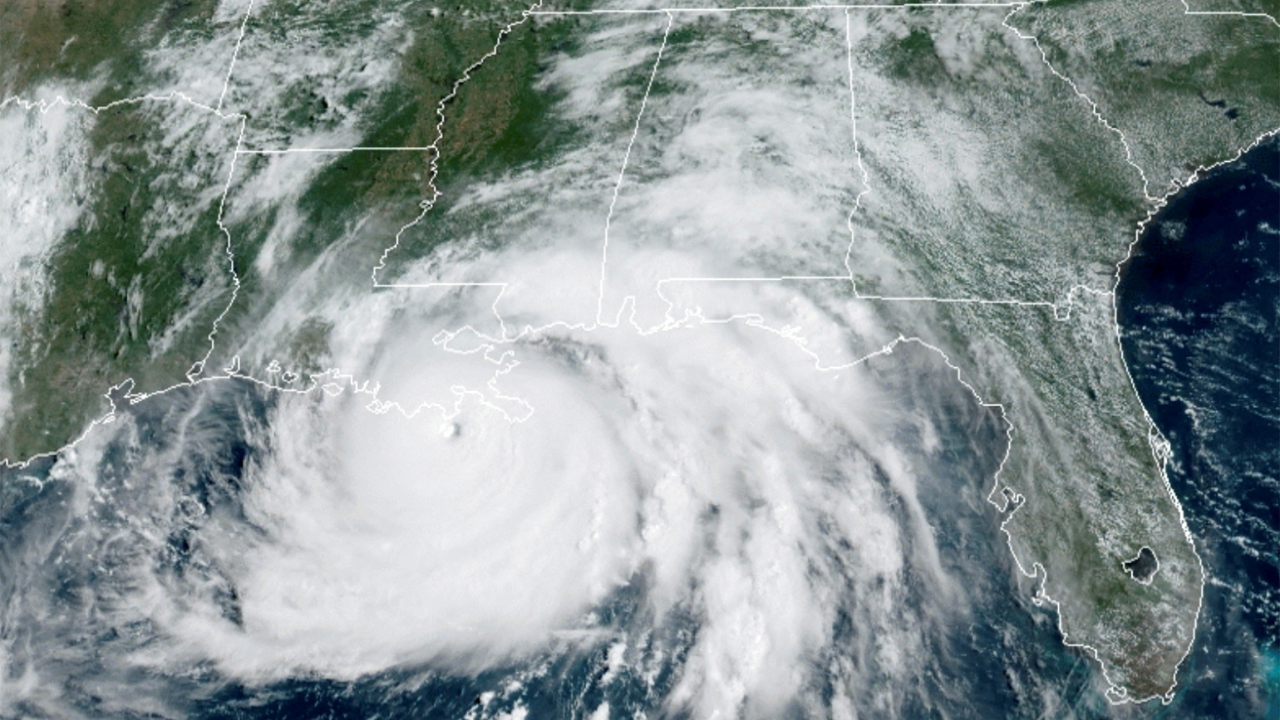Tropical storm Hone turned into a Category 1 hurricane on Saturday evening as it approached Hawaii, raising concerns over wildfire risks and severe weather conditions across the islands.
With strong winds reaching 75 mph (120 kph), just above the 74 mph (119 kph) threshold for a hurricane, Hone was located approximately 105 miles (170 km) south of Hilo on the Big Island and 275 miles (440 km) southeast of Honolulu, according to the Central Pacific Hurricane Center (CPHC) in Honolulu, reported the Associated Press.
A tropical storm warning remained in effect for the Big Island as the storm moved westward at 12 mph (19 kph). The hurricane is expected to peak at full strength between Sunday and Monday, with forecasters warning of dangerous conditions across the state.
The hurricane’s name, Hone—meaning “sweet and soft” in Hawaiian—contrasts with the strong winds and heavy rains expected to hit Hawaii’s leeward sides, which have been particularly dry due to ongoing drought conditions.
The US Drought Monitor reported that most of the state is either abnormally dry or experiencing drought, increasing the risk of wildfires. A red flag fire warning is in effect for the leeward sides of all islands, which remain vulnerable to fire outbreaks due to warm temperatures, low humidity, and strong winds.
“They gotta take this thing serious,” said Calvin Endo, a resident of Makaha, a wildfire-prone area on Oahu’s leeward coast. He expressed concern about the dry brush surrounding his neighbourhood, saying, “All you need is fire and wind and we’ll have another Lahaina.”
“Times have changed, and we have to be ready for anything,” Endo said, echoing the concerns felt by many across the islands.
The threat recalls the devastating wildfires that swept through Maui last year, which destroyed the town of Lahaina and resulted in 102 deaths. However, meteorologists at the National Weather Service have assured the public that while Hone does not pose the same catastrophic threat.
Meteorologist Derek Wroe stated that although Hone could increase the wildfire risk, “it’s not on the magnitude of that,” referring to the 2023 Lahaina blaze. The cause of that fire is still under investigation, though initial reports suggest that downed power lines may be the cause of the issue.
Both Hawaiian Electric and the Kauai Island Utility Cooperative have announced they are monitoring the situation closely and are prepared to cut power if conditions worsen, in an effort to prevent potential fires caused by damaged power lines.
Big Island Mayor Mitch Roth reported that firefighters had contained a small blaze in Waikoloa on Friday night. Although the fire caused no damage or injuries, the mayor said that “bands of rain” were expected throughout the day.
Rainfall predictions for the eastern and southeastern parts of the Big Island range between 5 and 10 inches (11 to 25 cm), with sustained winds of 20 to 40 mph (32 to 64 kph) and gusts nearing 60 mph (97 kph). Some Big Island beach parks have been closed, while officials are prepared to open shelters if necessary.
Meanwhile, Hurricane Gilma, currently far from land, has strengthened to Category 3 status, though it is expected to weaken as it moves into cooler waters and a more stable atmosphere. Hawaii remains on high alert as Hone draws nearer, with residents and tourists urged to remain alert and postpone outdoor activities until the storm passes.
With strong winds reaching 75 mph (120 kph), just above the 74 mph (119 kph) threshold for a hurricane, Hone was located approximately 105 miles (170 km) south of Hilo on the Big Island and 275 miles (440 km) southeast of Honolulu, according to the Central Pacific Hurricane Center (CPHC) in Honolulu, reported the Associated Press.
A tropical storm warning remained in effect for the Big Island as the storm moved westward at 12 mph (19 kph). The hurricane is expected to peak at full strength between Sunday and Monday, with forecasters warning of dangerous conditions across the state.
The hurricane’s name, Hone—meaning “sweet and soft” in Hawaiian—contrasts with the strong winds and heavy rains expected to hit Hawaii’s leeward sides, which have been particularly dry due to ongoing drought conditions.
The US Drought Monitor reported that most of the state is either abnormally dry or experiencing drought, increasing the risk of wildfires. A red flag fire warning is in effect for the leeward sides of all islands, which remain vulnerable to fire outbreaks due to warm temperatures, low humidity, and strong winds.
“They gotta take this thing serious,” said Calvin Endo, a resident of Makaha, a wildfire-prone area on Oahu’s leeward coast. He expressed concern about the dry brush surrounding his neighbourhood, saying, “All you need is fire and wind and we’ll have another Lahaina.”
“Times have changed, and we have to be ready for anything,” Endo said, echoing the concerns felt by many across the islands.
The threat recalls the devastating wildfires that swept through Maui last year, which destroyed the town of Lahaina and resulted in 102 deaths. However, meteorologists at the National Weather Service have assured the public that while Hone does not pose the same catastrophic threat.
Meteorologist Derek Wroe stated that although Hone could increase the wildfire risk, “it’s not on the magnitude of that,” referring to the 2023 Lahaina blaze. The cause of that fire is still under investigation, though initial reports suggest that downed power lines may be the cause of the issue.
Both Hawaiian Electric and the Kauai Island Utility Cooperative have announced they are monitoring the situation closely and are prepared to cut power if conditions worsen, in an effort to prevent potential fires caused by damaged power lines.
Big Island Mayor Mitch Roth reported that firefighters had contained a small blaze in Waikoloa on Friday night. Although the fire caused no damage or injuries, the mayor said that “bands of rain” were expected throughout the day.
Rainfall predictions for the eastern and southeastern parts of the Big Island range between 5 and 10 inches (11 to 25 cm), with sustained winds of 20 to 40 mph (32 to 64 kph) and gusts nearing 60 mph (97 kph). Some Big Island beach parks have been closed, while officials are prepared to open shelters if necessary.
Meanwhile, Hurricane Gilma, currently far from land, has strengthened to Category 3 status, though it is expected to weaken as it moves into cooler waters and a more stable atmosphere. Hawaii remains on high alert as Hone draws nearer, with residents and tourists urged to remain alert and postpone outdoor activities until the storm passes.
Source : Times of India









